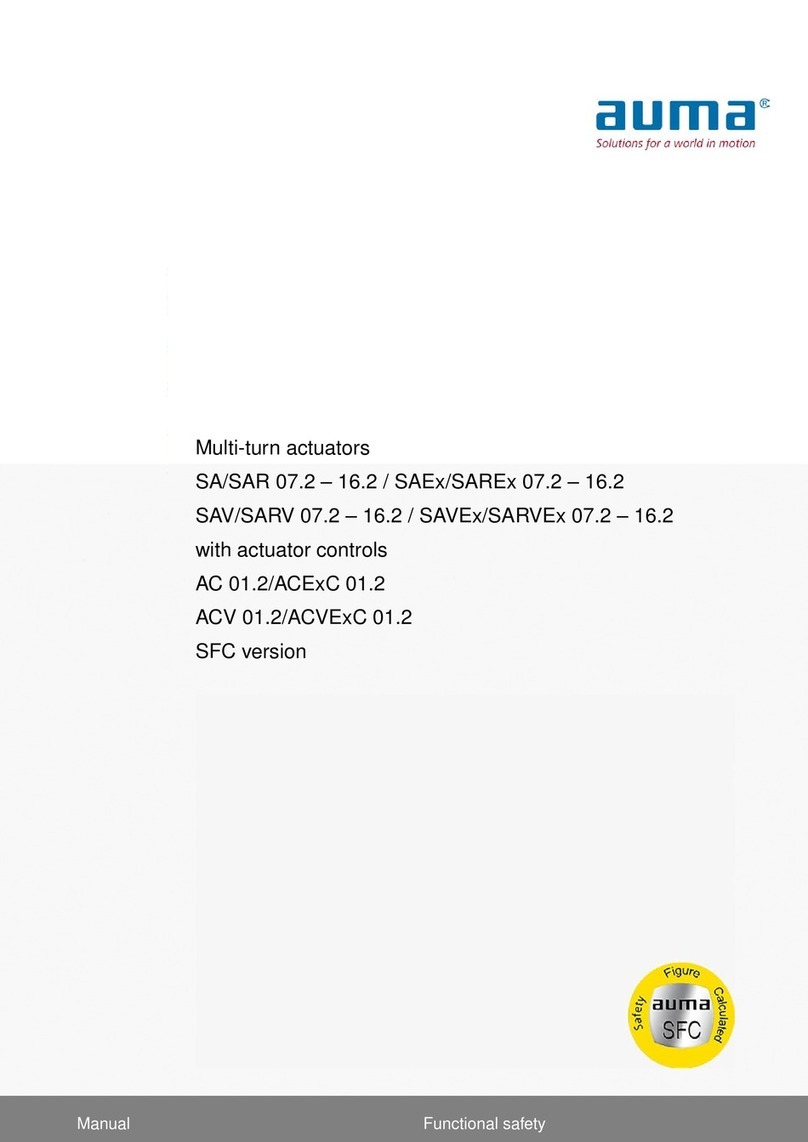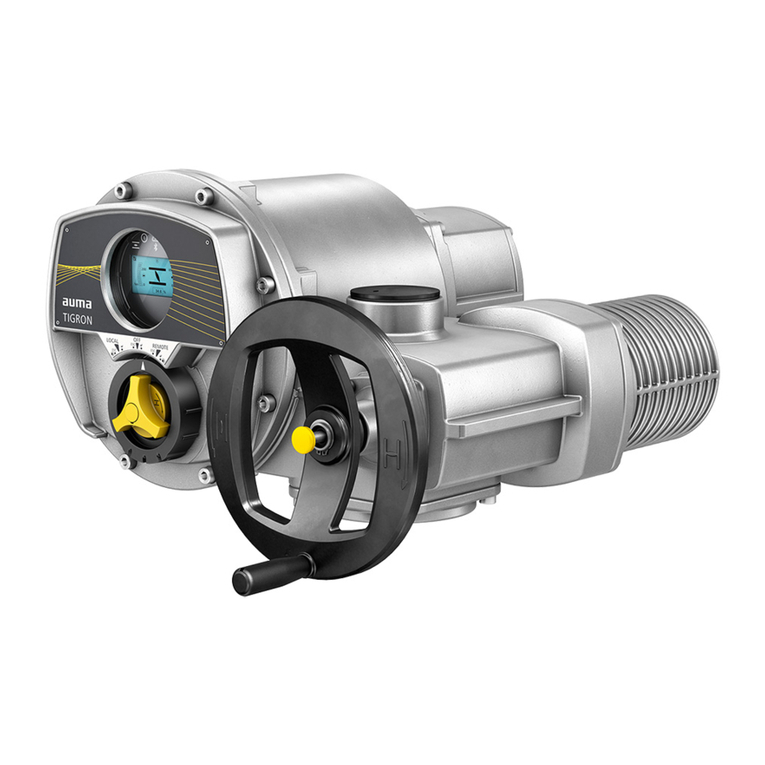AUMA AC 01.2-22X User manual




















This manual suits for next models
7
Table of contents
Other AUMA Controllers manuals
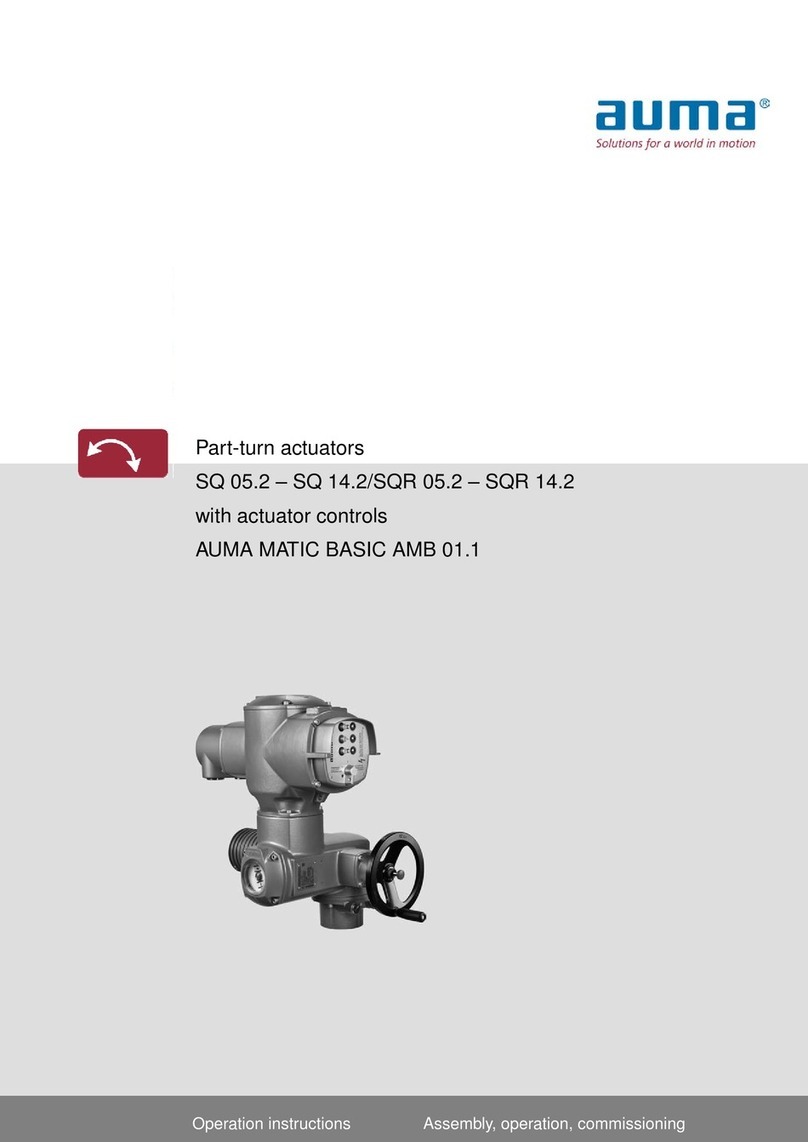
AUMA
AUMA AMB 01.1 User manual
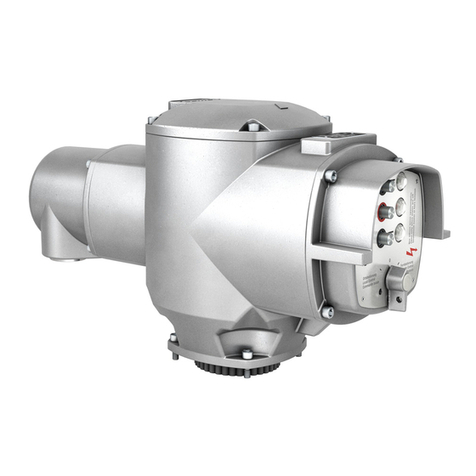
AUMA
AUMA AM 01.1 User manual
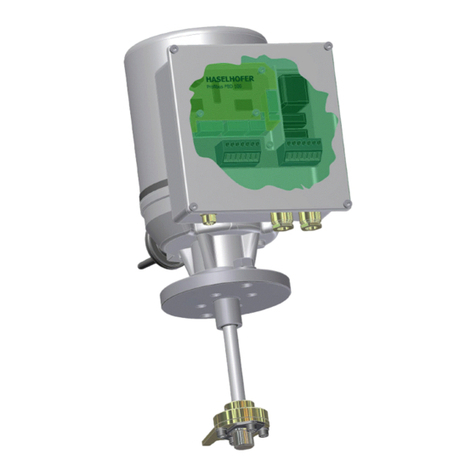
AUMA
AUMA Profibus PBD 100 User manual
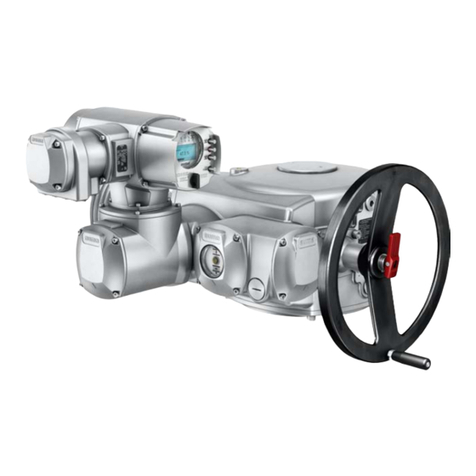
AUMA
AUMA SA 25.1 User manual
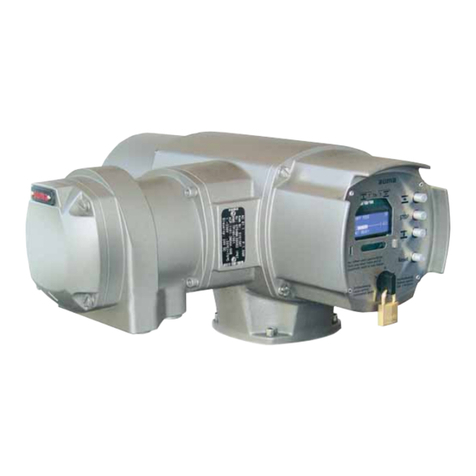
AUMA
AUMA Aumatic ACExC 01.1 User manual
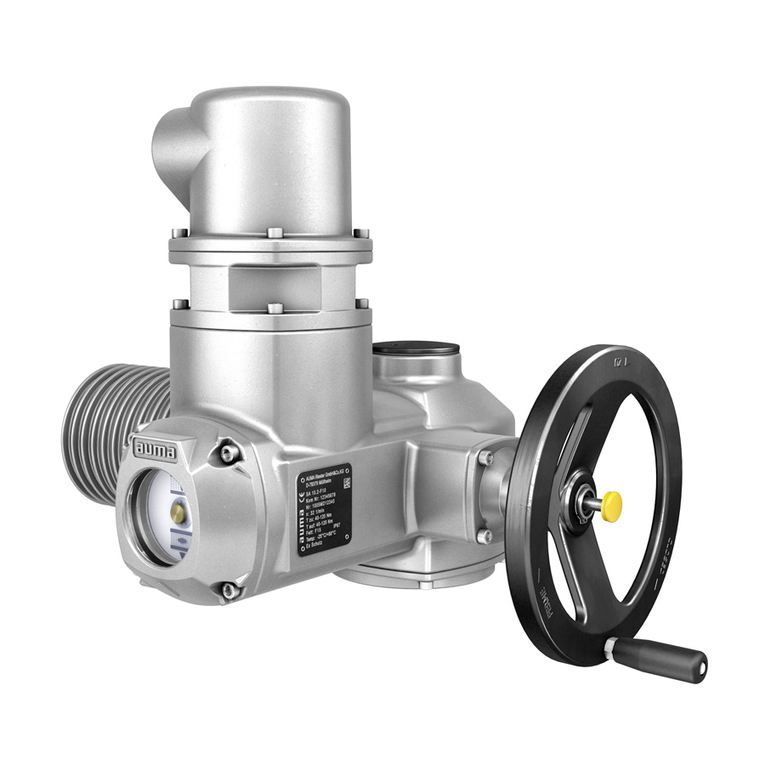
AUMA
AUMA SAEx 07.2 User manual
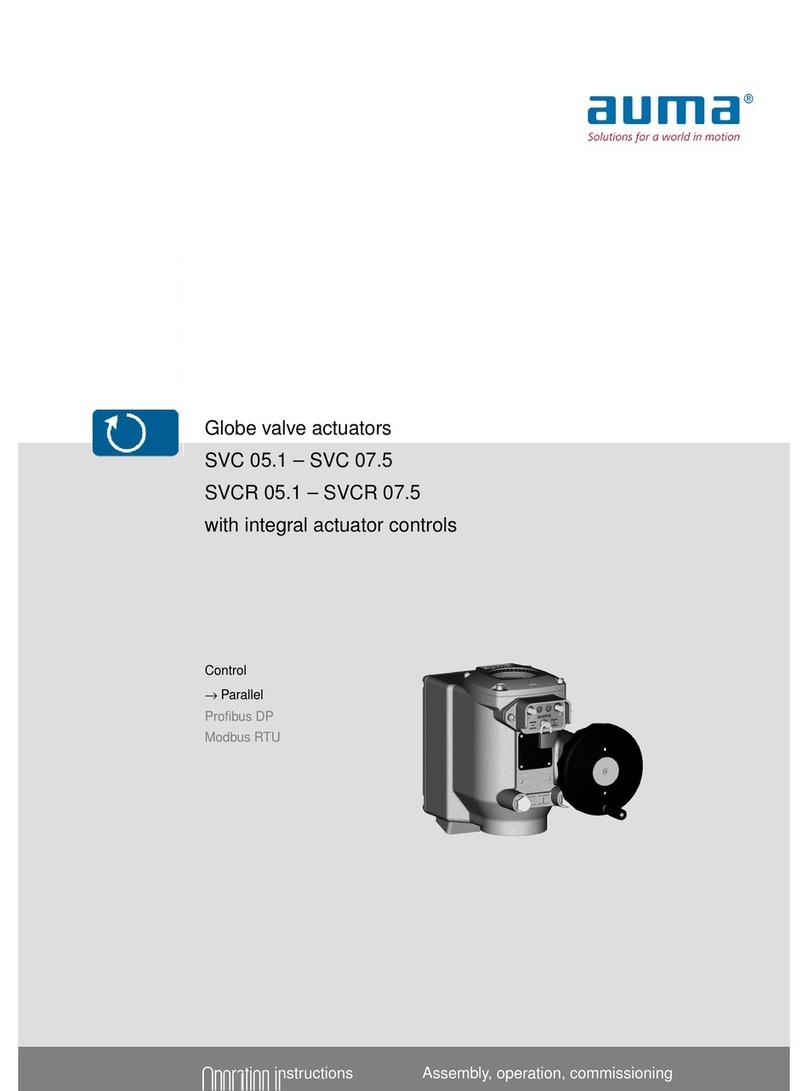
AUMA
AUMA SVCR 05.1 User manual
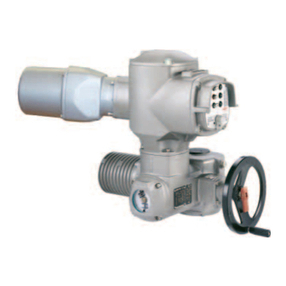
AUMA
AUMA SAExC 07.1 User manual
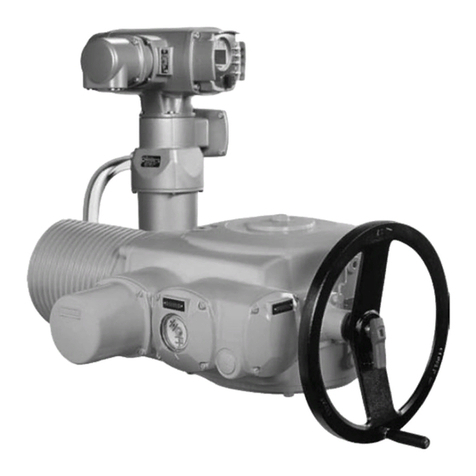
AUMA
AUMA SAEx 25.1 User manual

AUMA
AUMA SAEx 07.2 User manual
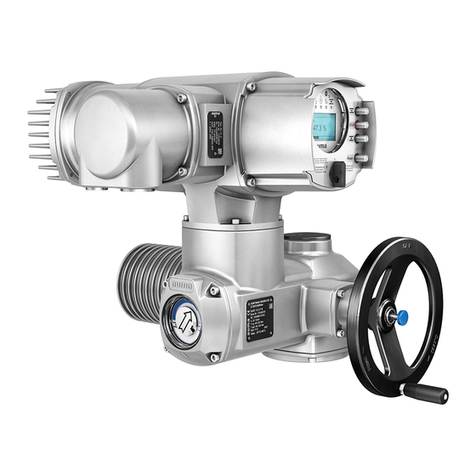
AUMA
AUMA SA 07.1 User manual
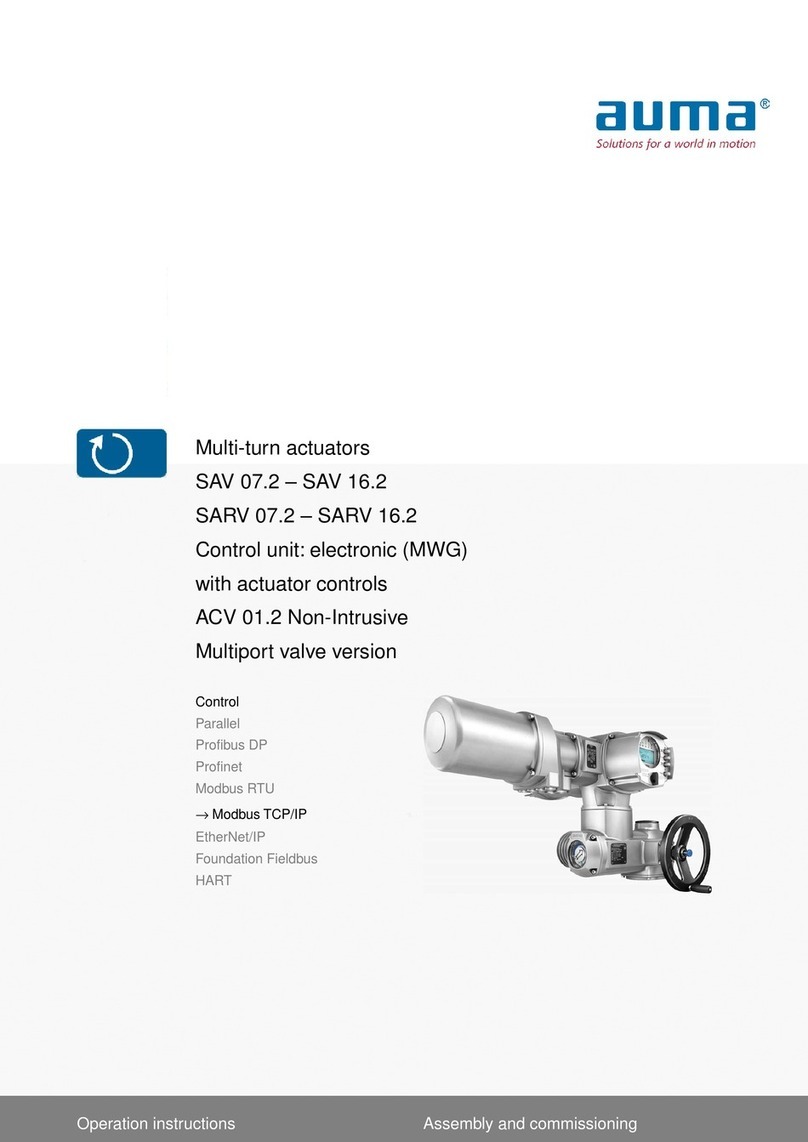
AUMA
AUMA SAV 07.2 User manual
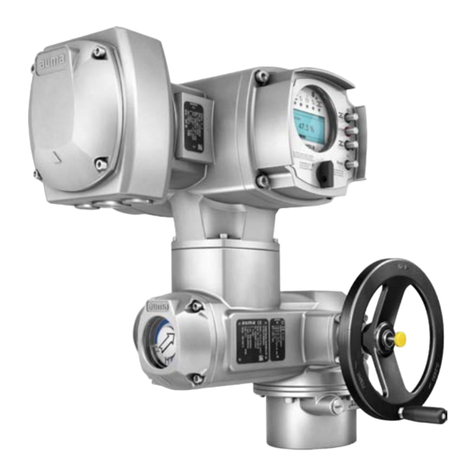
AUMA
AUMA SQEx 05.2 User manual
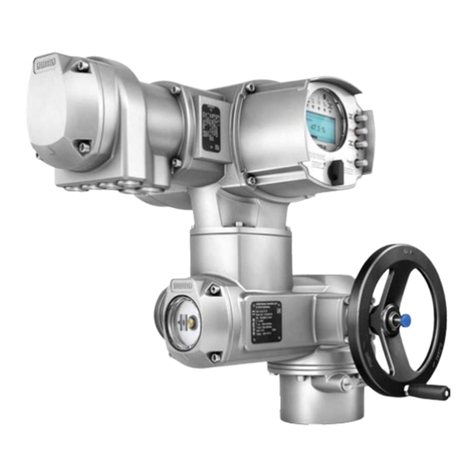
AUMA
AUMA SQ 05.2 User manual
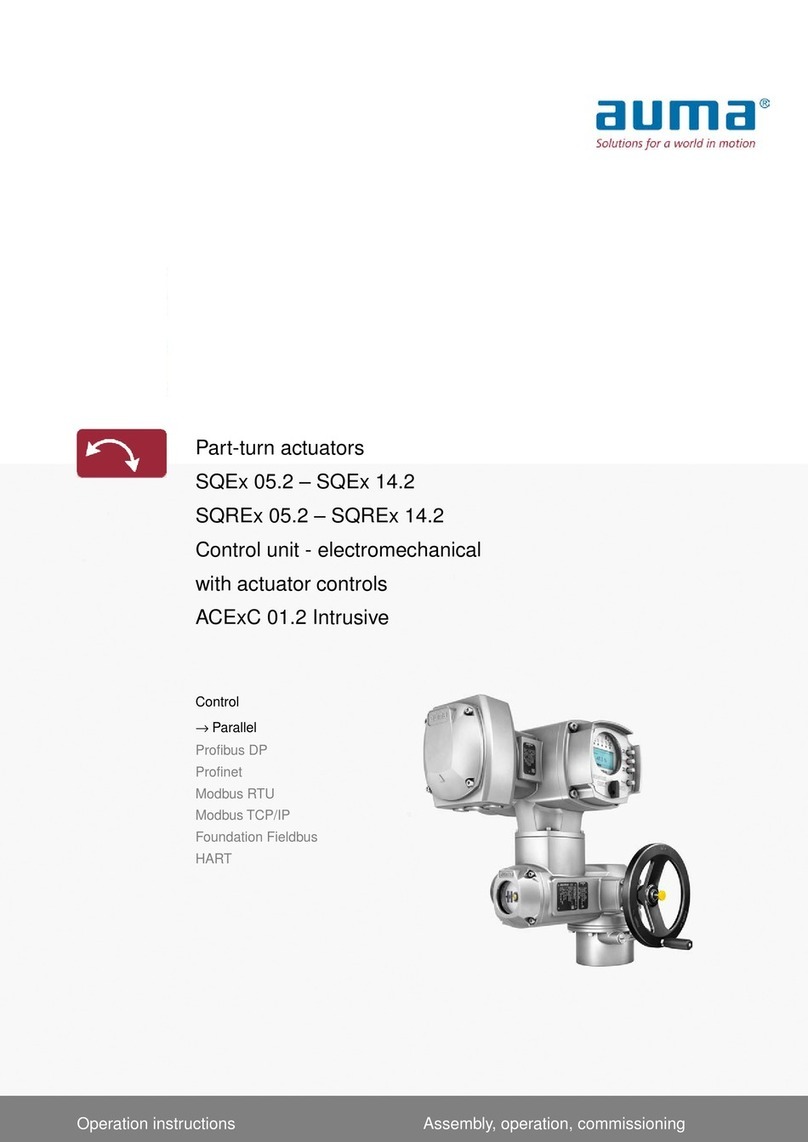
AUMA
AUMA SQEx 05.2 User manual
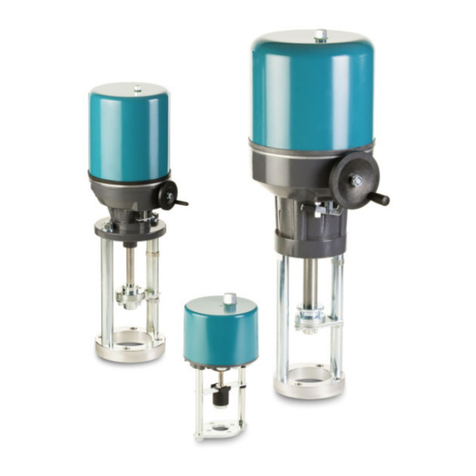
AUMA
AUMA SBA 12 User manual
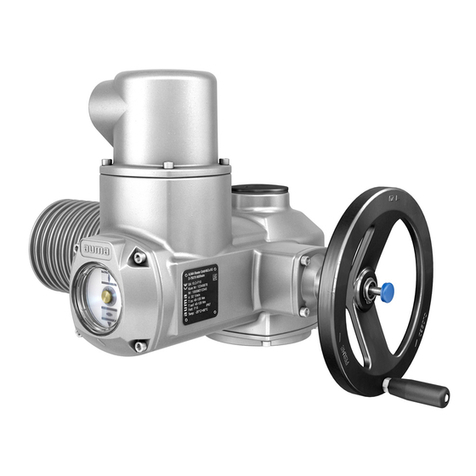
AUMA
AUMA SAE 07.2 Series Training manual

AUMA
AUMA SQEx 05.2 User manual
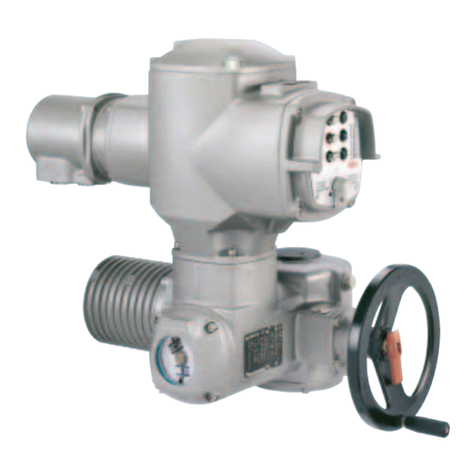
AUMA
AUMA SA 07.1 - SA 30.1 User manual

AUMA
AUMA SQEx 05.2 User manual
Popular Controllers manuals by other brands

Mitsubishi Electric
Mitsubishi Electric L26CPU-BT user manual
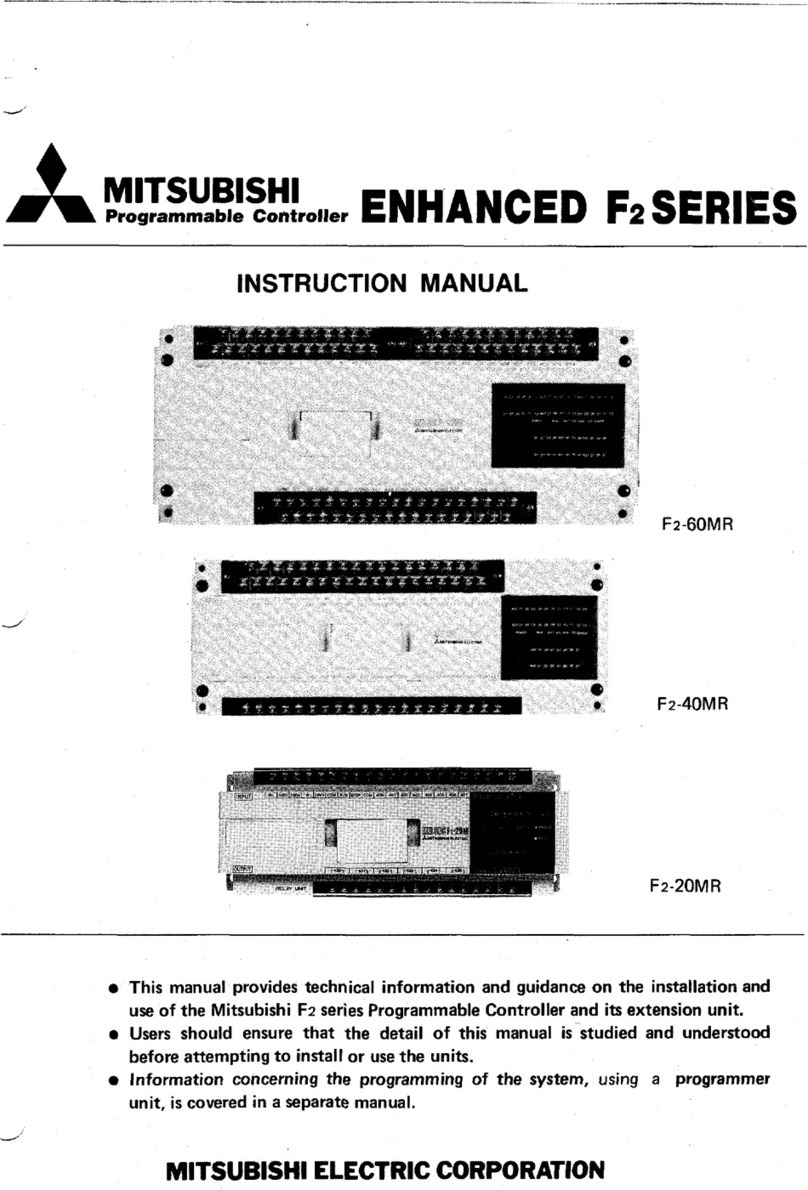
Mitsubishi Programmable Controllers
Mitsubishi Programmable Controllers ENHANCED F2 Series instruction manual
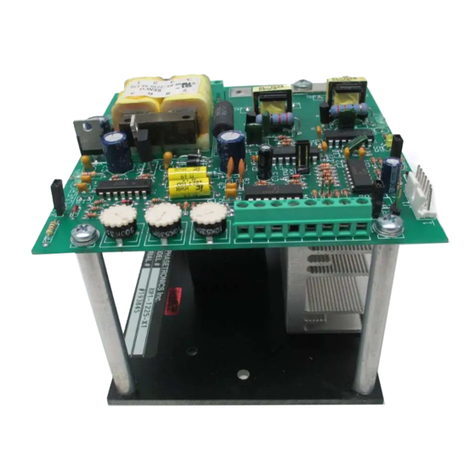
Phasetronics
Phasetronics EP1 Series Operation and service manual
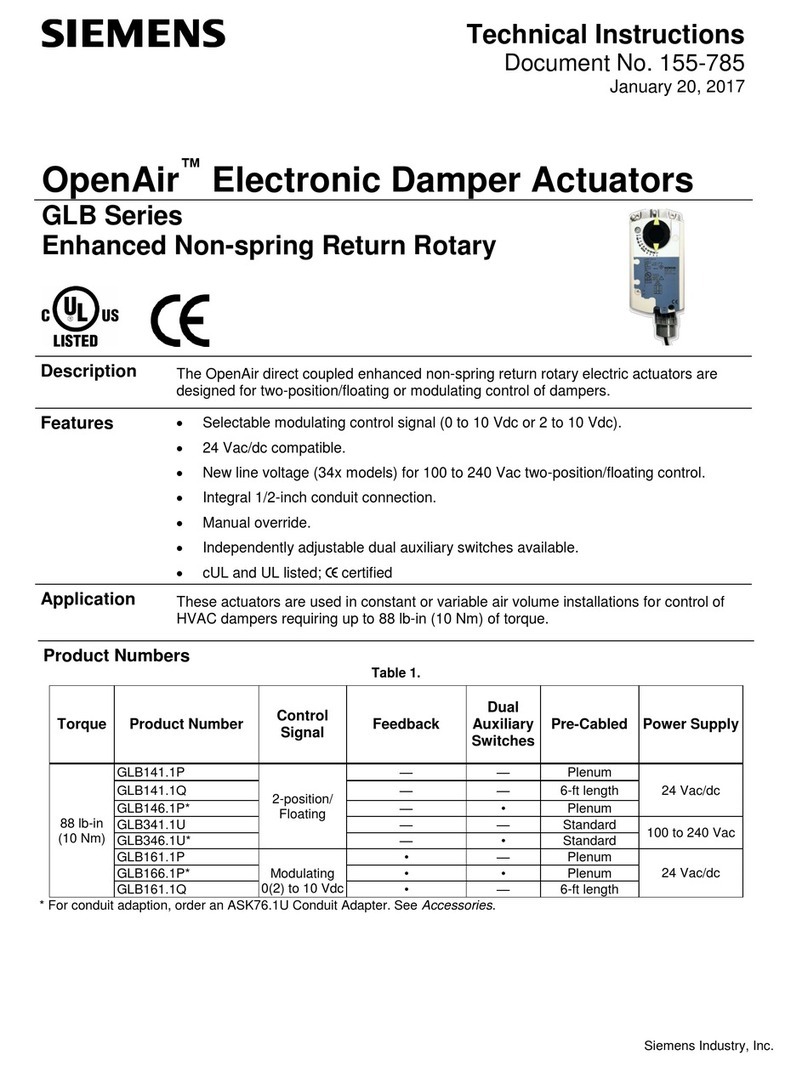
Siemens
Siemens OpenAir GLB141.1P Technical instructions
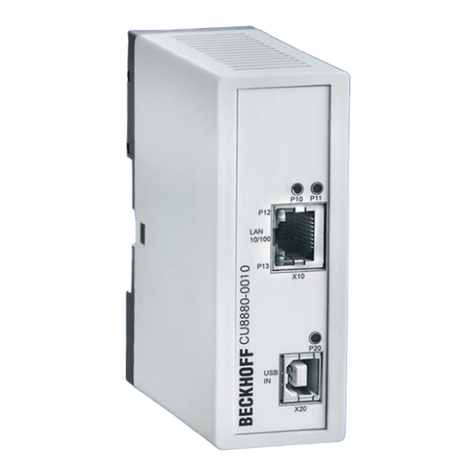
Beckhoff
Beckhoff CU8880-0010 Installation and operating instructions
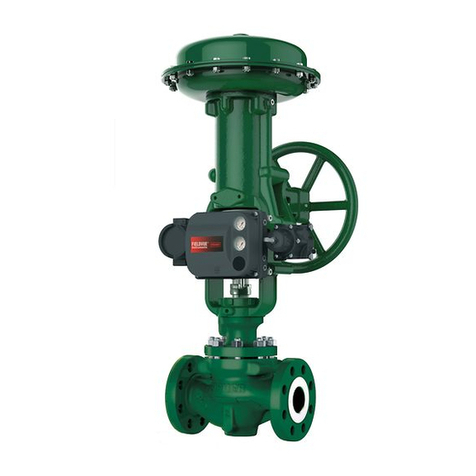
Fisher
Fisher ED Safety manual
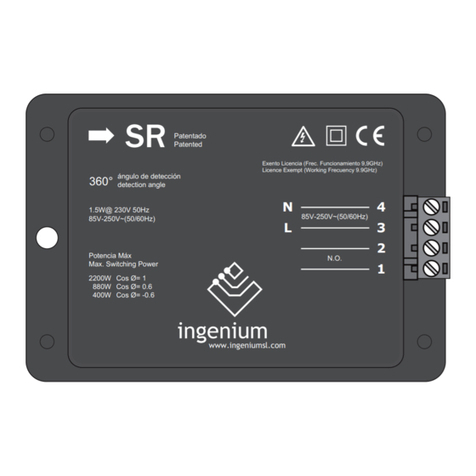
Ingenium
Ingenium SR Technical installation manual
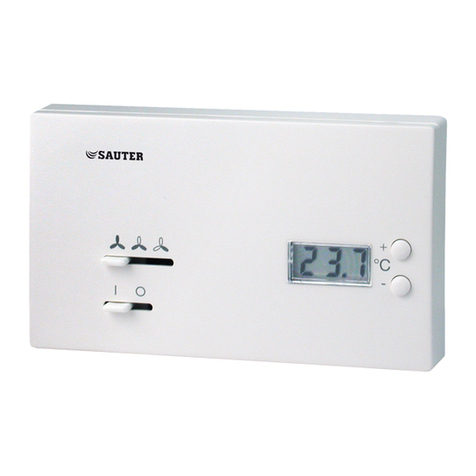
sauter
sauter TSHK 68. F Series operating instructions

giulio lighting
giulio lighting LC-001 user manual
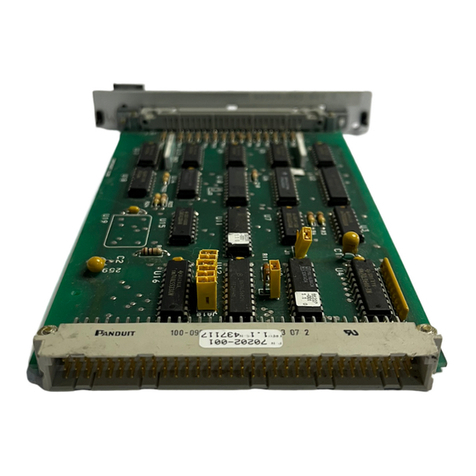
Xycom
Xycom XVME-202 manual

Siemens
Siemens Simatic S7 Series manual
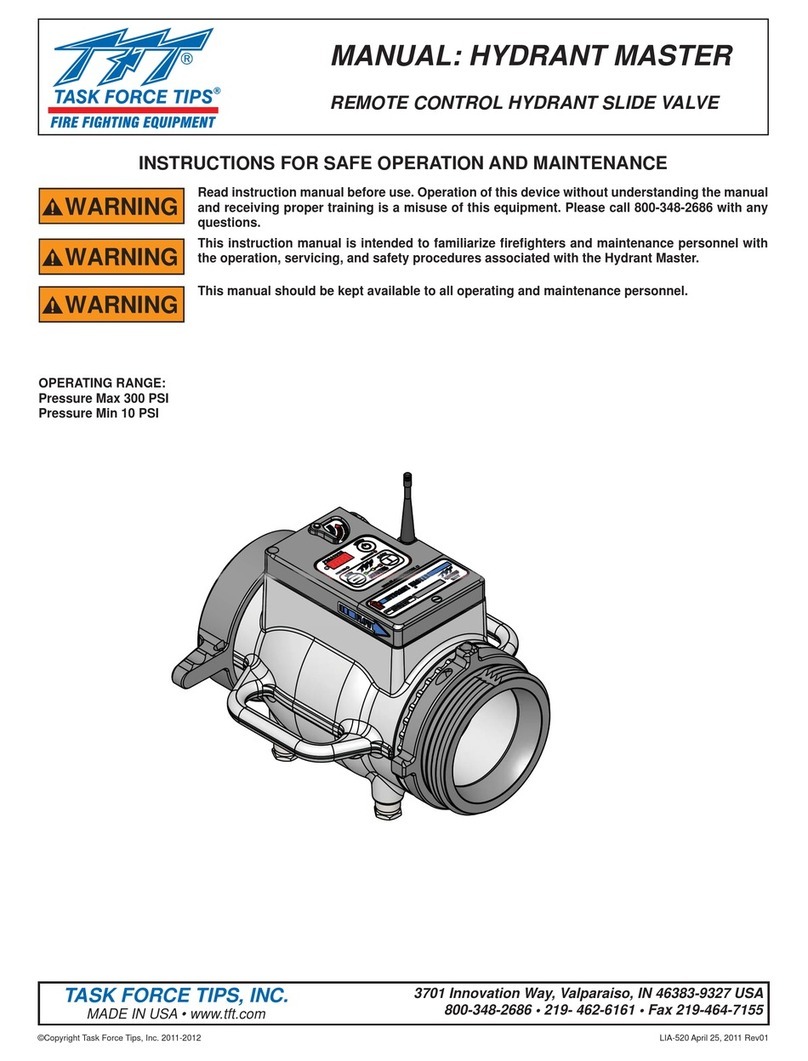
Task Force Tips
Task Force Tips HYDRANT MASTER INSTRUCTIONS FOR SAFE OPERATION AND MAINTENANCE

Honeywell
Honeywell 10260A Series Replacement instructions
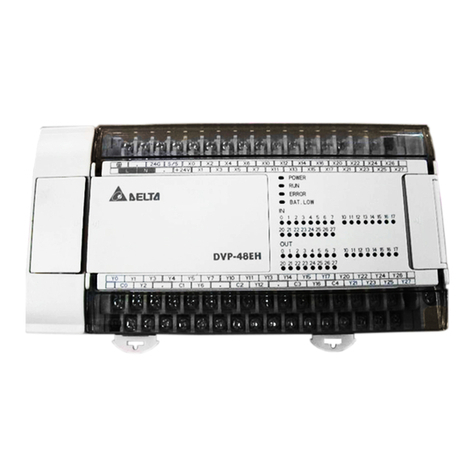
Delta Electronics
Delta Electronics Programmable Logic Controller DVP-PLC instruction sheet
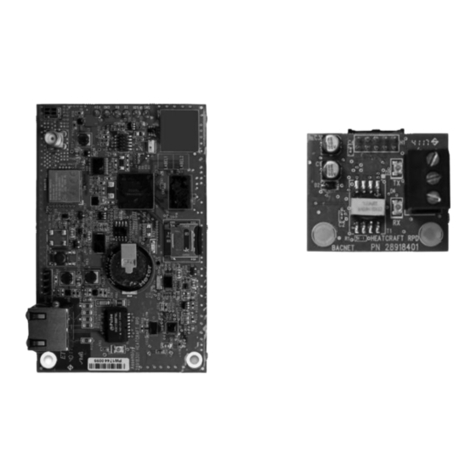
Heatcraft
Heatcraft intelligen Webserver Card Installation & operation manual

dji
dji T1d user manual
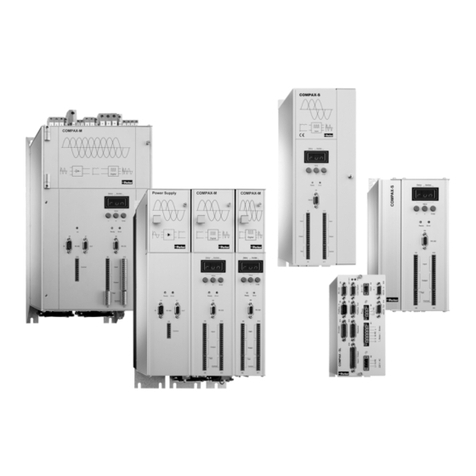
Parker
Parker COMPAX-M /-S (L) user guide
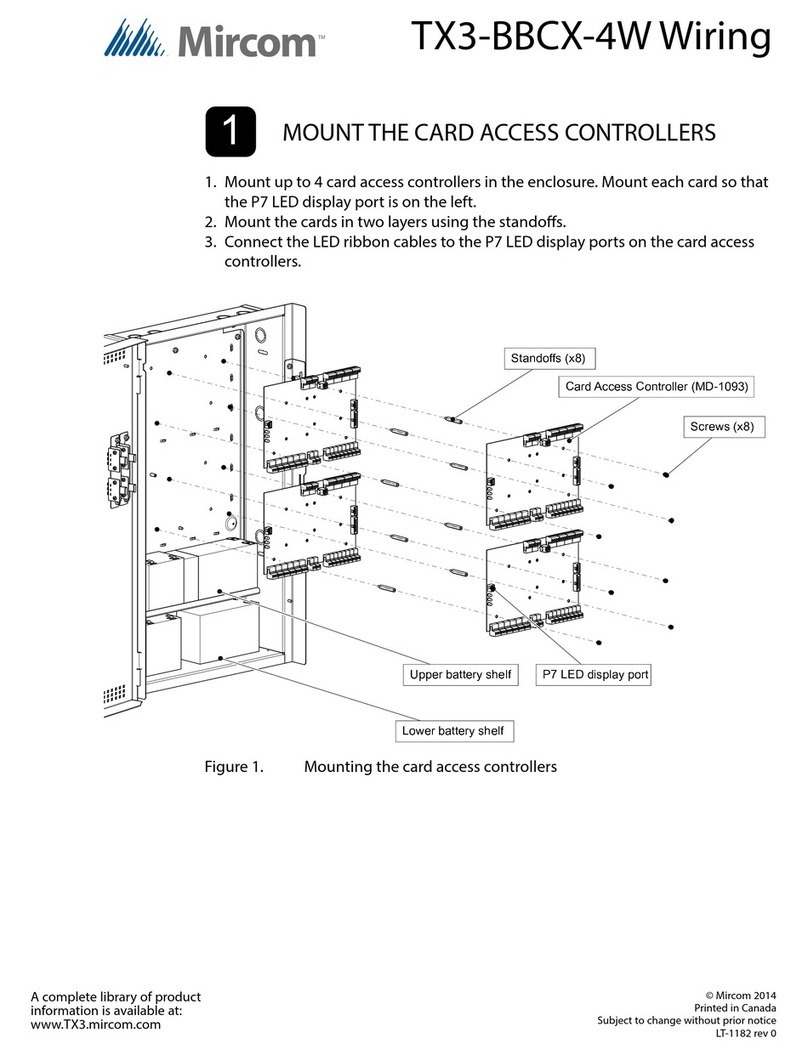
Mircom
Mircom TX3-BBCX-4W Wiring
